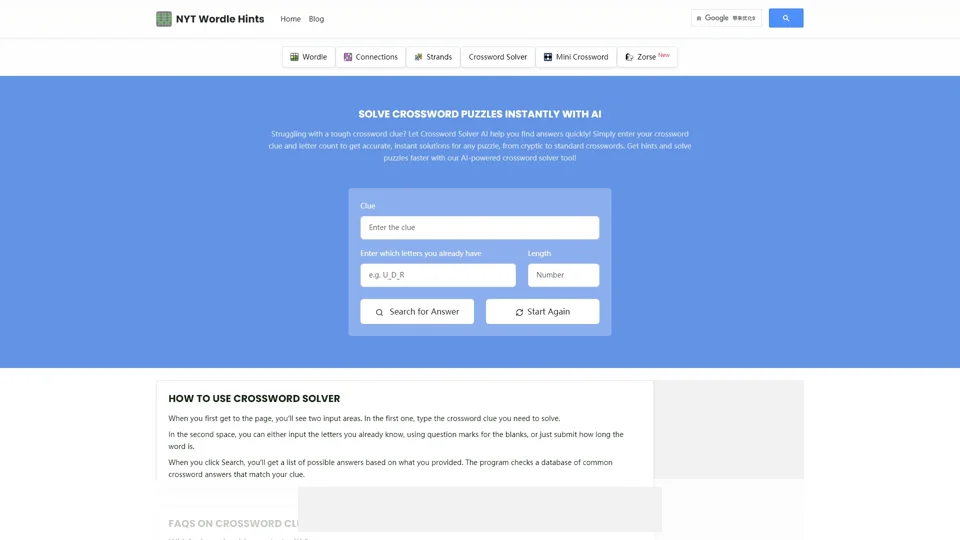To cross a river safely in a survival situation, follow these organized steps:
-
Assess the Situation: Determine the urgency. If immediate danger is present, act quickly but carefully. Otherwise, take time to plan.
-
Choose a Safe Crossing Point:
- Opt for a narrower section of the river, where water is typically shallower and slower.
- Avoid areas with logjams or rapids to minimize risks.
-
Use Natural Aids:
- Identify a fallen tree or logjam that can serve as a natural bridge, allowing you to cross without entering the water.
-
Crossing Techniques:
- Shallow Point: Enter the river cautiously, facing upstream to maintain balance against the current.
- Rock or Gravel Bars: Walk across exposed rocks or gravel for firmer footing and to avoid mud or slippery surfaces.
- Wading: If necessary, wade at an angle, moving with the current to conserve energy and prevent being swept away.
-
Use Tools:
- Employ a sturdy stick or pole to test water depth and guide your path, helping to avoid unseen deep spots.
-
Floating as a Last Resort: If the current is too strong, float on your back, aiming for a calm area downstream. This should only be done if other methods aren't feasible.
-
Rope Utilization: If available, use a rope to secure yourself or transport gear, enhancing safety during the crossing.
-
Post-Crossing Care: After crossing, prioritize drying off and changing into dry clothing to prevent hypothermia, especially in cold conditions.
-
Signaling for Help: If the river is too perilous to cross immediately, signal for rescue and stay near the crossing area for better visibility to rescuers.
By methodically evaluating your options, employing available resources, and prioritizing safety, you can enhance your chances of a successful river crossing in a survival scenario.
